A significant archaeological discovery is going to enrich our understanding of Rome’s past: a fragment of the Porticus Minucia was in fact found during renovation work at Palazzo Lares Permarini, located at Via delle Botteghe Oscure 46 in the center of the capital. This find represents an important addition to our knowledge of the vast quadriporticus built during the Republican era, which encompassed the area of the Campus Martius where free distributions of grain to the plebs, known as frumentationes, took place.
The excavation, carried out between May and July 2020, was directed by Soprintendenza archaeologist Marta Baumgartner. The discovery was made possible through a collaboration between Finint Investments, an asset management company of the Banca Finint Group, and the Special Superintendence of Rome. During renovation work to convert the building into a luxury hotel of the Radisson Collection chain, this part of the ancient structure was spotted. This led to the expansion of the project to include the enhancement of the archaeological remains, which will be accessible to the public in the basement of the hotel. In addition, a multimedia video will be available to illustrate the three-dimensional reconstruction of the Porticus Minucia. This archaeological discovery allowed for a very accurate reconstruction of the appearance of the Porticus Minucia, offering an unprecedented view of the monument. The creation of a three-dimensional model has also made it possible to accurately determine its location within the current urban context. The discovery of this portion of the Porticus Minucia during renovation work on the building at Via delle Botteghe Oscure 46 represents an important step forward in the understanding of this monumental structure dating from the Republican era, attributed to Minucius Rufus, and the historical context in which it operated, highlighting the significance of frumentationes in ancient Rome.
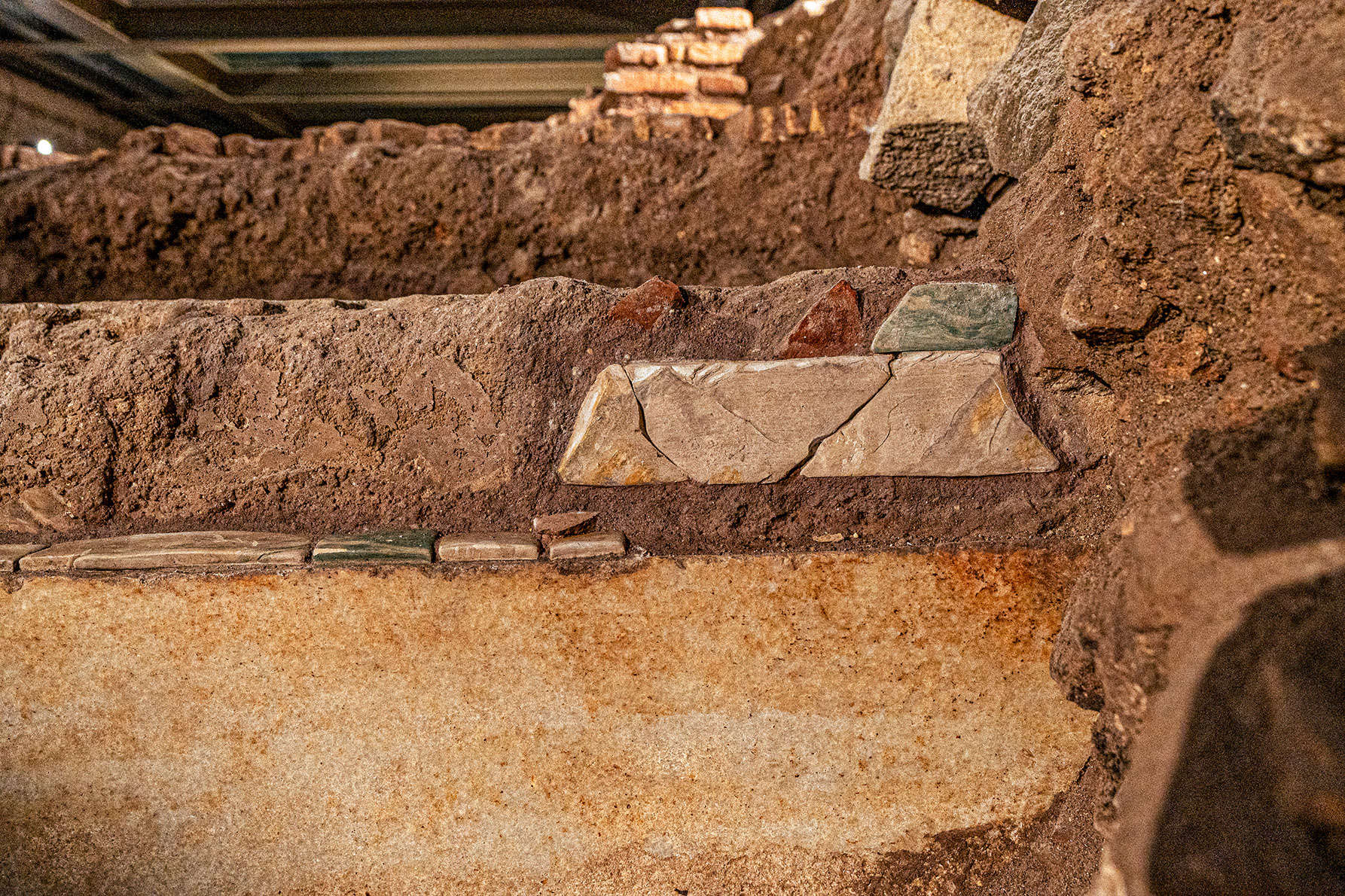
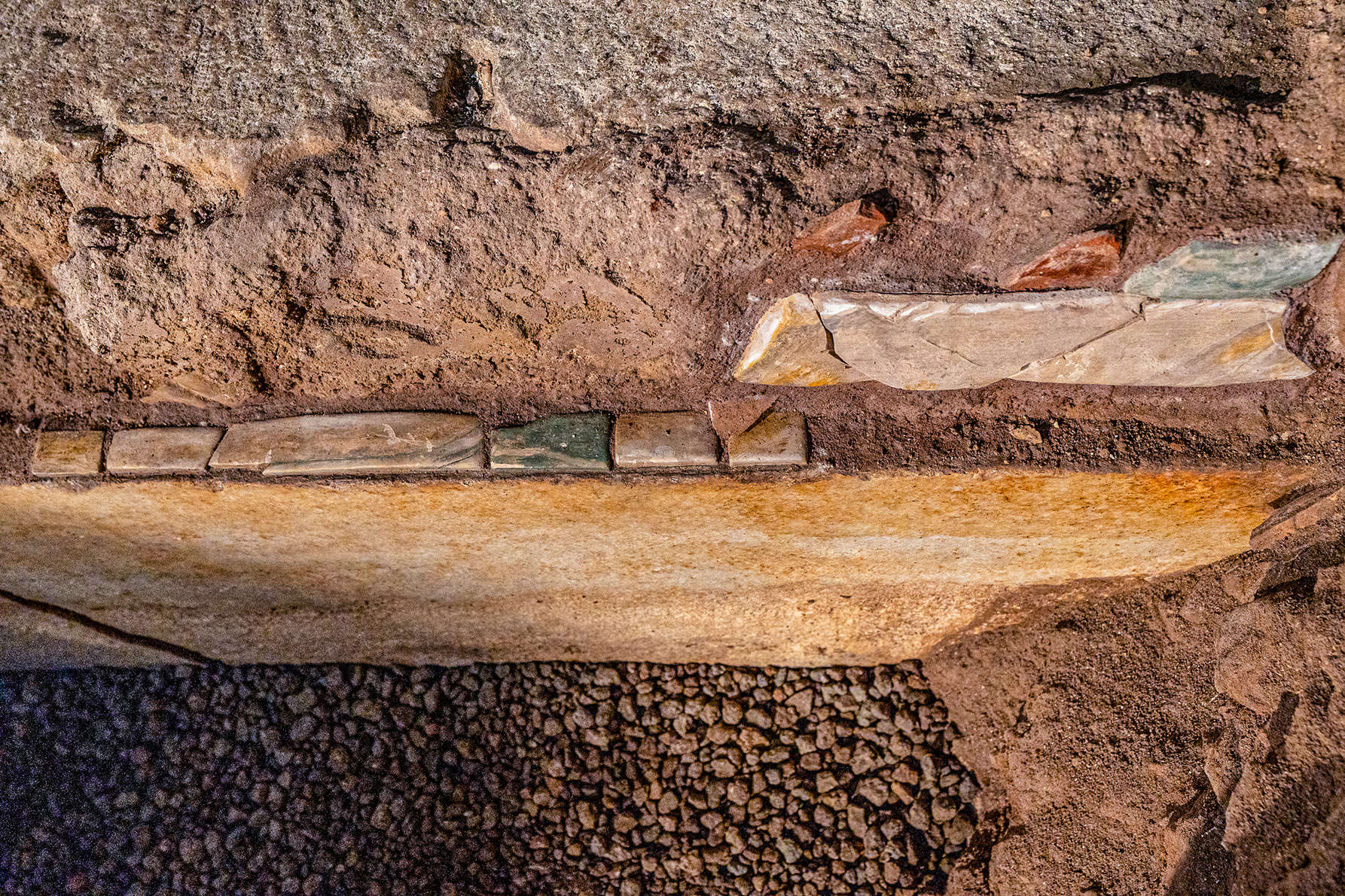
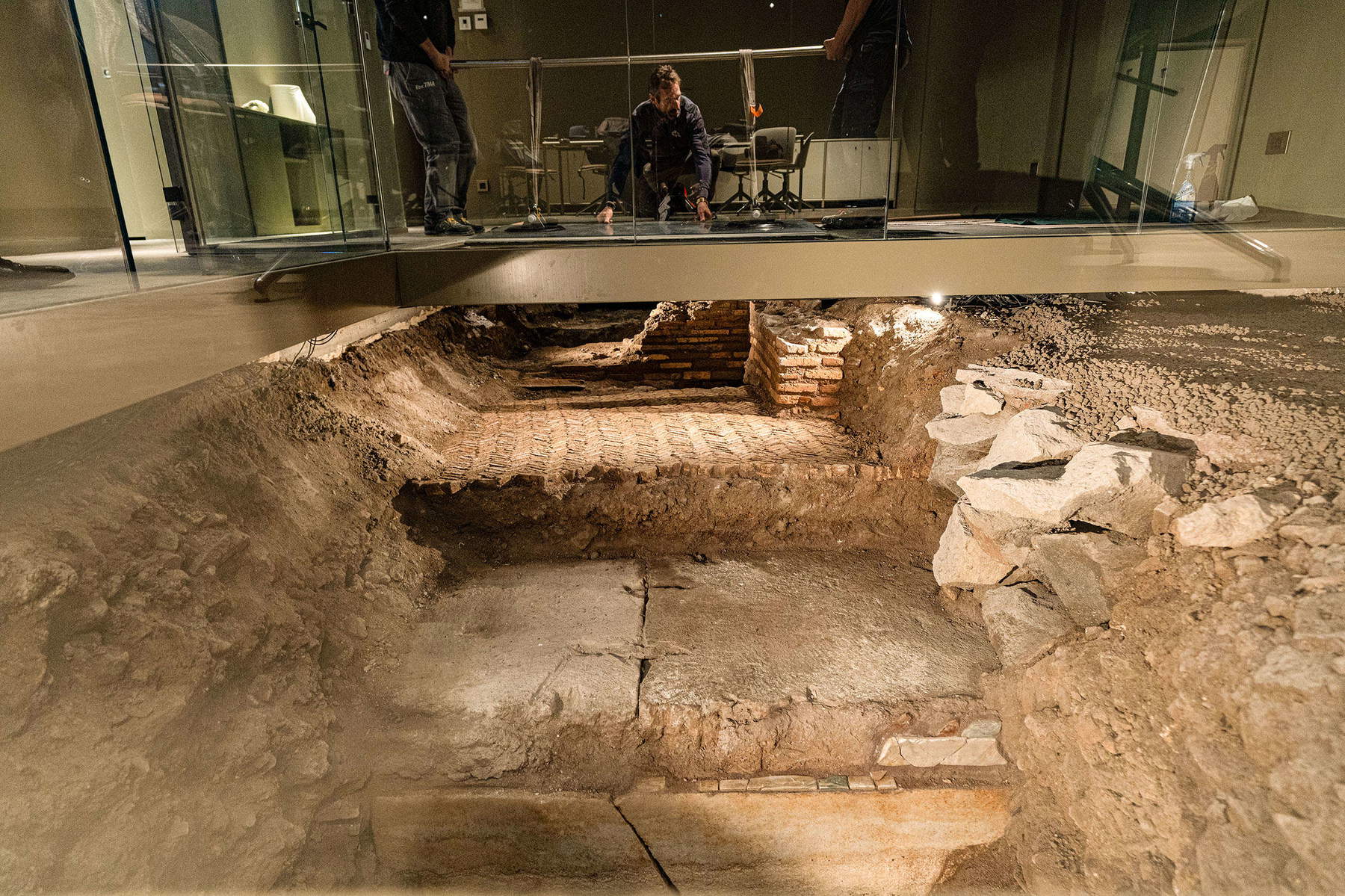
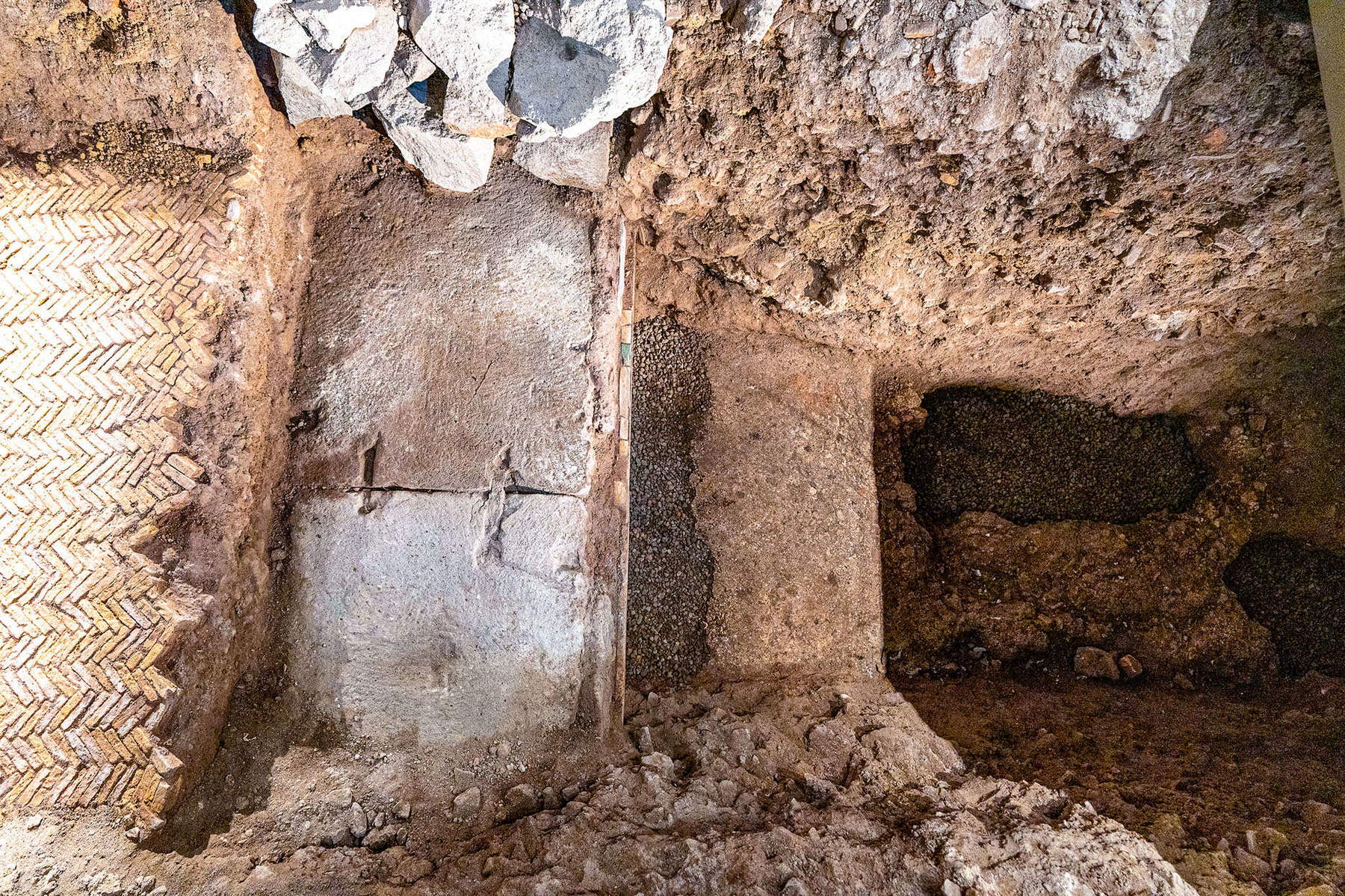


The discovery of the structure, consisting of two rows of imposing peperino blocks dating back to the imperial period, allows the eastern boundary of the Porticus to be precisely marked. Until now, this boundary was known only approximately thanks to Guglielmo Gatti’s notes, taken during construction work on the Palace back in 1938. What is of particular interest are the decorations on the walls, which have never been found until now: in fact, only the foundations and some fragments of flooring discovered in the 1983 excavations at the Crypta Balbi were known of the Porticus. Previous reconstruction hypotheses proposed the brick facades of the building, but recent findings show a different technique. Large slabs of white marble were in fact used in the lower part of the walls, on top of which smaller marble fragments were placed, creating an effect of horizontal lines. During the excavation, layers of plaster were also found, suggesting a possible covering for the upper part of the structure.
In addition, the excavation revealed at least two construction phases of the floor levels located under the portico, both of which were made of travertine flakes of different types. These additional details provided by the excavation offer a more complete view of the construction phases and techniques used in the construction of the Porticus, thus contributing to our understanding of the ancient structure and its historical context.
The findings correspond to the part of the building from the imperial period as depicted in a fragment of the so-called Forma Urbis, the marble plan of ancient Rome made around 209 AD. The information obtained from the excavations, combined with information from earlier finds, made it possible to reconstruct the appearance of the Porticus Minucia with an unprecedented degree of reliability and accuracy. In addition, a three-dimensional model of the monument was created, indicating its exact location in the current urban context.
As far as dating is concerned, the currently visible phase of the Porticus Minucia is covered with layers of abandonment dating from the beginning of the late imperial age, around the 3rd century AD. This confirms historical information that points precisely to this period as the end of grain distributions at the Porticus and the beginning of free bread distributions elsewhere in the city. These discoveries, according to the Superintendence of Rome, contribute significantly to our understanding of the history of the Porticus Minucia and the socio-economic context of ancient Rome.
The excavation also revealed two small finds outside the Porticus. The first consists of a fragment of a mosaic floor composed of black and white tesserae, datable to the first century AD. The second find is a service room with an opus spicatum floor, datable to the late imperial age, which was probably located on the outer side of the structure after its abandonment. These finds are also consistent with the structures represented in Forma Urbis.
At the property that will house the Radisson Hotel, it will be possible to visit, as anticipated, the archaeological remains in the basement, with the help of a multimedia video that will propose a three-dimensional reconstruction of the Porticus Minucia.
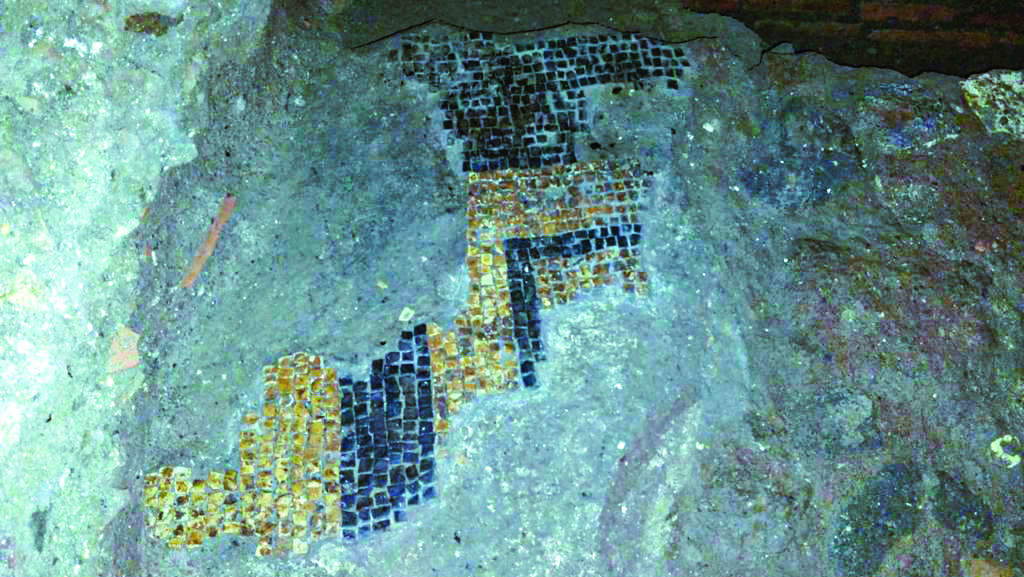
For centuries, the Porticus Minucia was one of the most significant places for Roman plebs. It was erected by Marcus Minucius Rufus following his triumph in 106 B.C. over the Scordisci, a confederation of Balkan peoples. Until the third century AD, the Porticus played a central role in free grain distributions to the city’s population, the so-called frumentationes. This large quadrangular structure was a quadriporticus that housed temples and fountains within it. Like many other Roman buildings, it underwent remodeling and expansion over time.
In ancient sources, the Porticus appears with the appellation “vetus” in the list of buildings constructed and rebuilt by Domitian after the great fire of AD 80. However, in the Regional Catalogues of the fourth century AD, it is listed in Regio IX together with a “Porticus Minucia veterem et frumentariam.” Even today there is debate about the nature of these two names and the identification of one or more Porticus Minuciae.
Thanks to the work conducted by Lucos Cozza and Guglielmo Gatti on the fragments of the Forma Urbis after World War II, we know that the remains of the portico and temple intercepted in the area between Corso Vittorio Emanuele II and Via delle Botteghe Oscure belong to the Porticus Minucia. These remains were the subject of stratigraphic investigations in the 1980s and 1990s. The appearance of the complex restored by the Forma Urbis fragments, compared with the remains discovered in the area, shows a large four-sided portico with double colonnades surrounding a vast open square. In the center of the square stands an imposing temple with eight frontal columns (octastyle) and a colonnade around the cella (periptero) on a low podium. This building, identified by some scholars as the temple of the Lari Permarini and by others as the temple of the Nymphs, is placed asymmetrically to the Porticus and is surrounded by fountains. Confirmation of the attribution of this complex to the Porticus Minucia of ancient sources comes from one of these fountains. On the edge of the white marble plate of the fountain, currently preserved in the archaeological area of the temple, one can read the inscription “MINI.” This inscription, which probably indicates the origin of the marble for the site under construction, echoes the inscription “MINI[cia]” in the Forma Urbis.
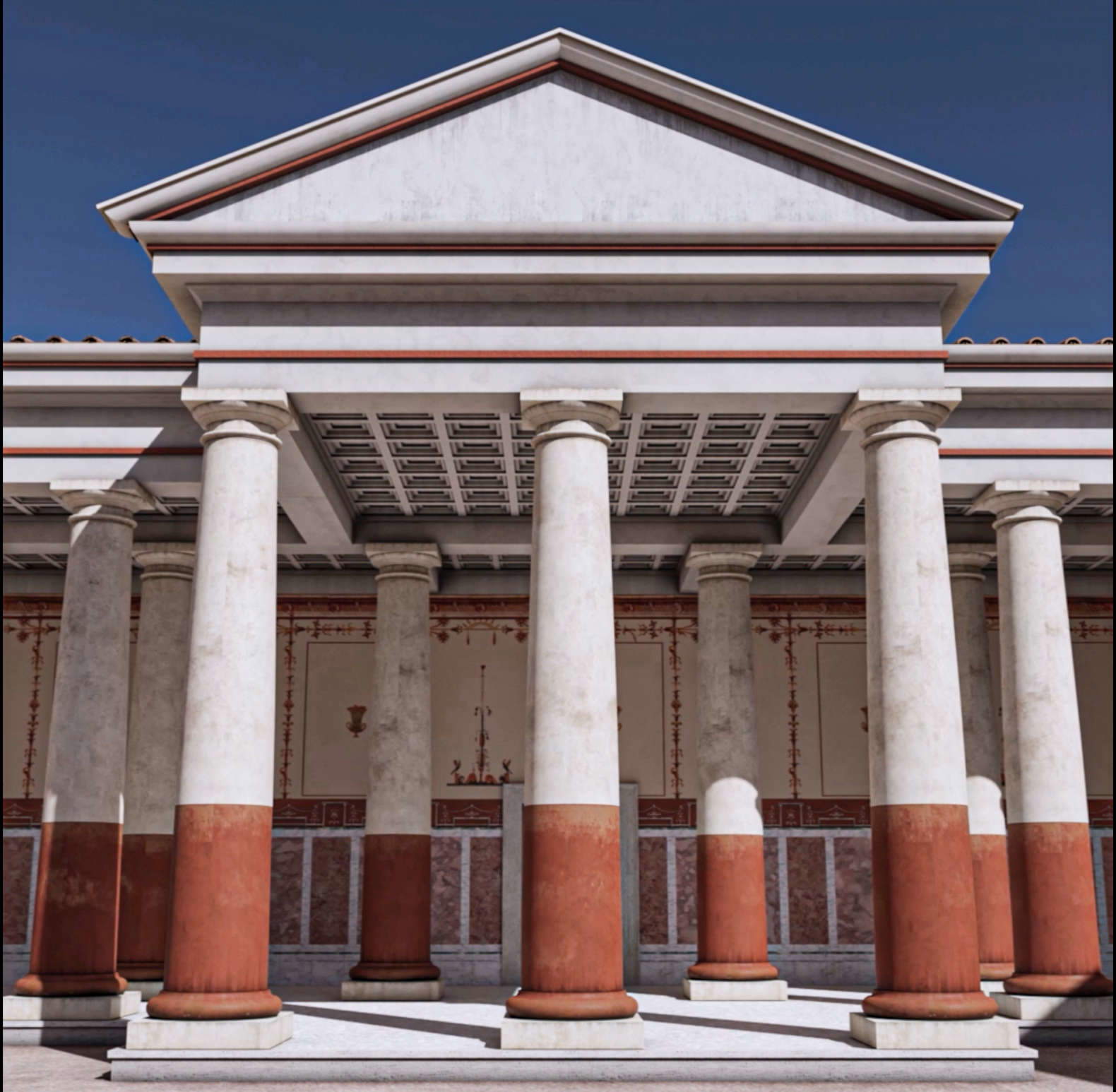
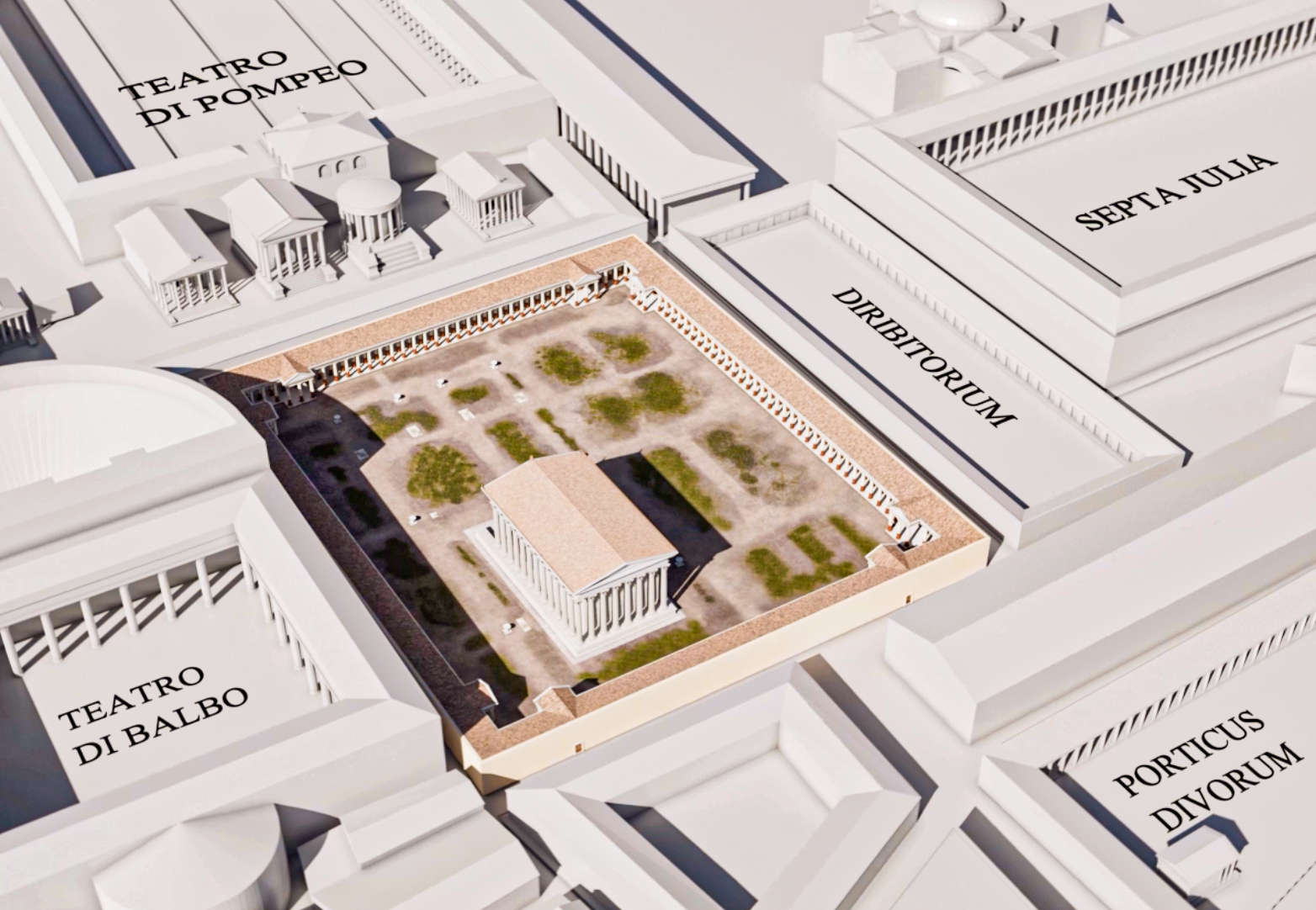 Reconstruction of the
Reconstruction of the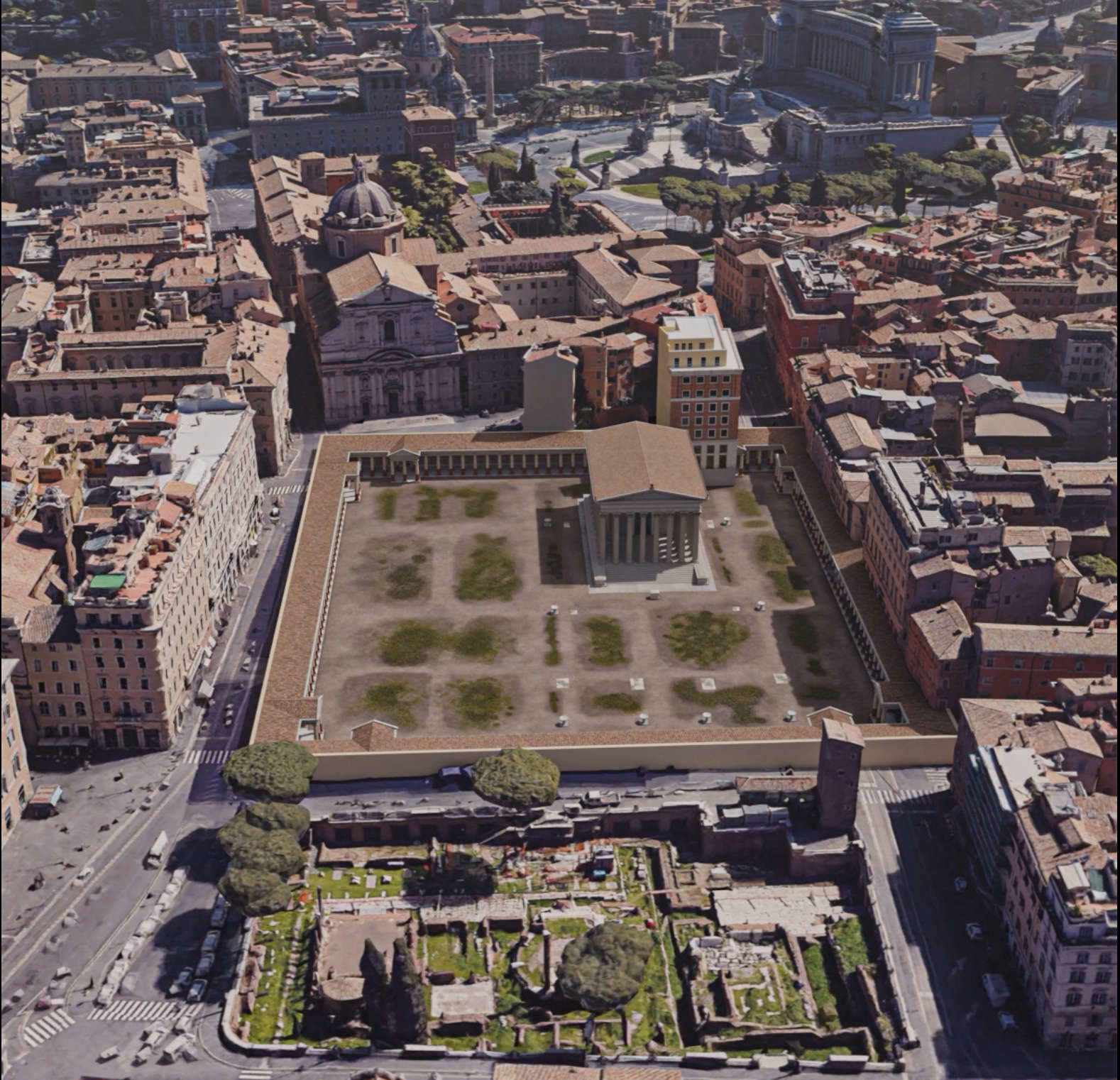 Reconstruction
Reconstruction“The discovery of a portion of the Porticus Minucia is of great scientific importance and an opportunity to reiterate how the Superintendence can work effectively with private entities,” says Daniela Porro, Special Superintendent of Rome. “Finint Investments has financed both the archaeological excavation operations and an innovative enhancement of the finds, so that they can be enjoyed by all and the valuable excavation and study work of the archaeologists is not dispersed.”
Mauro Sbroggiò, Ad of Finint Investments, emphasizes, “We are a player very attentive to urban regeneration and the context in which we operate. This renovation, which gives new life to a prestigious building, represents a success for us because it has also allowed us to enhance these important archaeological finds by making them available to the community thanks to an ongoing and synergistic collaboration with the Superintendence. Giving light back to these finds and opening them up for constant community enjoyment is a tangible example of the excellent results that can come from fruitful public-private collaboration.”
“The discovery,” says archaeologist Marta Baumgartner, “is a source of pride for us because, for the first time, we see the walls of the Porticus Minucia in elevation and the marble decorations that embellished them: mighty blocks of tufa joined by grapples and covered, at least in the lower part with marble slabs. A second important datum is the location of the eastern boundary of the Porticus Minucia, known but now positioned exactly.”
 |
| Remarkable discovery in Rome: found a fragment of the Porticus Minucia |
Warning: the translation into English of the original Italian article was created using automatic tools. We undertake to review all articles, but we do not guarantee the total absence of inaccuracies in the translation due to the program. You can find the original by clicking on the ITA button. If you find any mistake,please contact us.